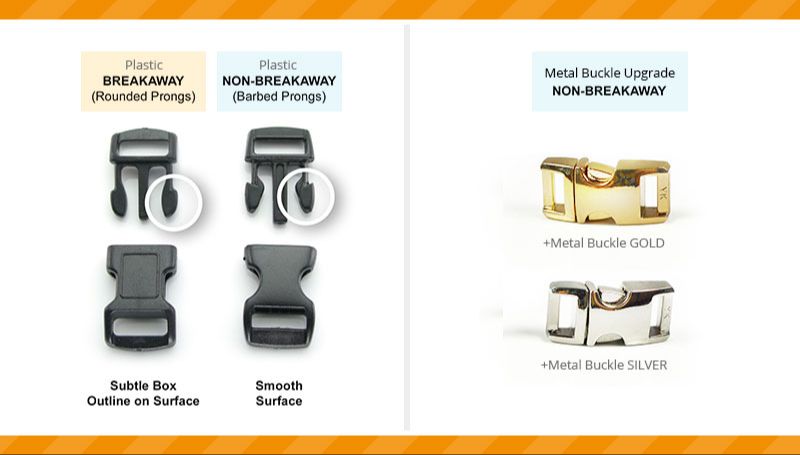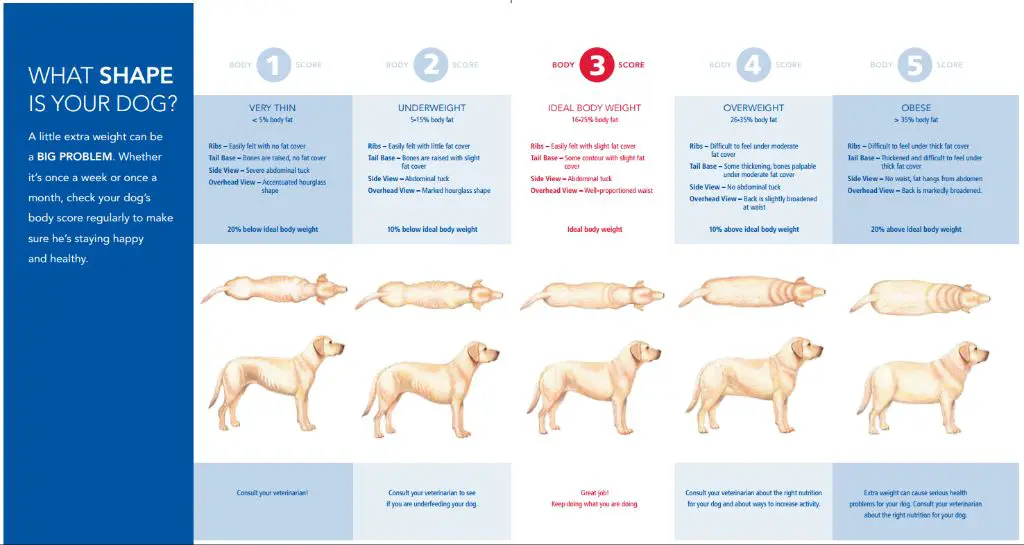Introduction
Whether or not to have your dog sleep with a collar on is a common question for many pet owners. There are pros and cons to consider when making this decision. Leaving a collar on while sleeping can help identify the dog if they get lost. However, it also poses some safety risks if the collar gets caught on something. Evaluate your dog’s needs and your own comfort level when deciding what works best.
Safety Concerns
One of the biggest risks of leaving a collar on your dog while they sleep is the potential for them to get caught on something and choke. Dogs move around a lot in their sleep, and their collar could easily get hooked on a crate wire, furniture, or another object in their environment. This can create a dangerous strangulation hazard. If your dog’s collar gets caught on something and they can’t get free, they may choke or suffer severe injury to their neck. It only takes a few minutes for a dog to suffocate if their airway is restricted. While this kind of accident is rare, the consequences can be tragic if it does happen. That’s why many experts recommend removing your dog’s collar before bedtime or whenever they are in a confined space like a crate. Doing so can reduce the risk of a hazardous situation arising while you are asleep or away.
Identifying the Dog

One of the main reasons pet owners put a collar on their dog is for identification purposes. The collar usually contains important ID tags with the dog’s name, owner’s contact information, and other details like whether the dog is microchipped or not. This makes it much easier to identify the dog and contact the owner if he ever gets lost or separated from his owner.
Dogs can easily run off or slip through fences when left unsupervised, even for short periods. And since dogs don’t understand road safety or how to find their way back home, it’s very likely for them to get lost. Having ID tags on the collar helps ensure the dog can be quickly reunited with his owner if this happens.
The ID tags provide important details that allow anyone who finds a lost dog to call the owner right away using the phone number on the tag. This helps avoid trips to the vet or shelter to identify the dog through microchipping, which causes additional stress on the lost pet.
Pet owners who allow their dogs to sleep without a collar run the risk of losing permanent identification if the dog ever slips out. It’s recommended to ensure your dog wears his collar at all times, even while sleeping, to maximize the chances he can be identified and returned home quickly if he ever becomes lost.
Training Tool
Keeping your dog’s collar on while he sleeps can reinforce training and obedience. The weight and sensation of the collar serves as a constant reminder for your dog to be on his best behavior. Dogs associate the collar with following commands and rules, so leaving it on establishes your authority and leadership role. This is especially useful for training puppies or dogs who are still learning commands. The collar helps ingrain good habits like waiting for permission before running out doors or jumping on furniture. Over time, your dog will naturally behave better just from wearing his collar.
Medical Concerns

There are some potential medical issues to consider when deciding whether or not your dog should sleep with a collar on. The main concerns are pressure sores and irritation/discomfort.
Collars left on all the time can cause pressure sores or hair loss on areas where the collar rubs constantly against the skin. The neck area in particular can suffer from this issue, as the collar may be too tight and dig into the skin while the dog is sleeping and moving around at night. These sores are painful and can potentially lead to infection if not treated.
Even if the collar is loose enough to not cause sores, many dogs find having a collar on at night irritating or uncomfortable. It may impede their sleep and ability to fully relax. The constant presence of a collar can cause mental distress for some dogs as well. Additionally, tags on the collar can clink together and be noisy at night when the dog moves around.
For these reasons, it’s often recommended to remove your dog’s collar before bed to avoid any medical concerns from developing.
Breed Considerations
When deciding whether your dog should sleep with a collar on, it’s important to take their breed into account. Certain physical characteristics may make wearing a collar more comfortable or uncomfortable for your dog.
For example, dogs with thick necks like Pit Bulls or Bulldogs may not even notice a collar, while slender-necked breeds like Greyhounds could find one irritating. Similarly, dogs with long hair like Collies or Poodles may experience matting under the collar, while short-haired dogs won’t have this issue.
Herding breeds that wear choke collars for training, like German Shepherds, may associate sleeping in a collar with their “working” mode and have trouble relaxing. Sighthounds that are prone to slipping their collars, like Greyhounds, could injure themselves at night if wearing a collar.
Consider your individual dog’s physical characteristics and sensitivities. A collar that fits properly without irritating their skin or fur is less likely to be a problem overnight. But know that certain breeds may be predisposed to finding a collar uncomfortable for sleep.

Alternatives
If you are concerned about having your dog sleep with a regular collar, there are some alternative options to consider:
Breakaway collars – These collars are designed with a special clasp or buckle that will detach and break open if the collar gets caught on something. The collar breaks apart under pressure, helping prevent choking accidents or injuries if the collar gets snagged.
Soft, padded collars – Choosing a soft, padded fabric collar can help reduce irritation on your dog’s neck while sleeping. Padded collars distribute pressure more evenly and add cushioning. They can be more comfortable for dogs to wear overnight.
Making a Decision
When deciding whether your dog should wear a collar overnight, assess the risk factors for your specific dog. Consider your dog’s size, breed, age, temperament, and environment. Puppies and older dogs may be at higher risk for getting caught up in a collar. Brachycephalic breeds like pugs may be more prone to collar-related injuries. Highly active dogs or those in unpredictable environments have a greater chance of getting hooked on something while wearing a collar unsupervised.
Also evaluate whether your dog truly needs to wear a collar at night. Is it being used for identification purposes only? Does your dog try to slip out of the collar when unsupervised? Have you trained your dog to accept handling and restraint without a collar? Gather all these factors to determine if the benefits of leaving the collar on at night outweigh any potential risks.
Training Without a Collar
There are several effective ways to train your dog without using a collar that involve positive reinforcement. Two great options are using crates and reward-based training.
Crates can be an excellent training tool, especially for housetraining puppies or dogs new to your home. The confined space helps them learn to hold their bladder and bowels. Crates also prevent destructive behaviors when you can’t supervise your dog and give them a safe space they can retreat to for naps or quiet time. Make sure to introduce the crate gradually, reward your dog for going inside, and don’t use it punitively.
Reward-based training is centered on motivating your dog by giving treats, praise, play, or anything else they find rewarding when they demonstrate the behavior you want. Start by rewarding them every time, then gradually reward intermittently once they understand the cue. This positive reinforcement builds your bond with your dog and helps them see training as a fun activity.
Avoid scolding or punishing your dog, as that will only teach them to fear you. Be patient and remember it takes time for a dog to learn new behaviors. Consistency is key, so involve the whole family in training. With positive methods, you can train your dog successfully without ever needing to use a collar.
Conclusion
Whether or not to leave a collar on your dog while sleeping comes down to weighing factors like safety, training, medical concerns, and your dog’s specific needs. Key takeaways include:

- Collars can pose a strangulation risk if caught on something while sleeping. Breakaway collars reduce this risk.
- ID tags on collars help identify lost dogs. Consider removable tags or temporary collars for sleeping.
- Collars can be useful training tools, but don’t require 24/7 wear. Remove while supervised.
- Choke, pinch, and shock collars should always be removed for sleep and limited in use.
- Some dogs are more prone to collar irritation or injury based on breed. Adjust fit accordingly.
- If choosing to remove the collar, ensure your home is securely enclosed overnight.
- Work on training a strong recall so your dog reliably comes when called, even without a collar.
Consider your individual dog’s needs, but keep safety at the forefront when deciding on overnight collar use. Removal when supervised reduces risks without fully compromising identification and training capabilities.